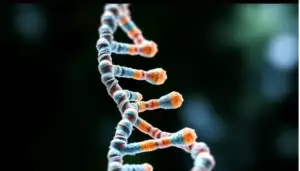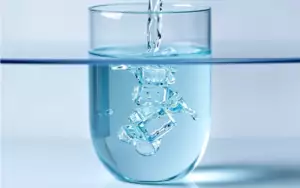Introduction
Hi everyone; I hope you’re all doing well. Today, we’re tackling topic 1.2 of the AP Biology curriculum, a crucial concept underpinning your understanding of life. Let’s truly focus and absorb this information.
Topic 1.2 explores the elements of life. As you’re aware, all life is composed of matter, and all matter is composed of elements. So, what exactly are elements? They are pure chemical substances, each consisting of a single type of atom. These elements, which cannot be further divided, are the fundamental building blocks of everything we observe. While they cannot be broken down further, they are made up of smaller units or subatomic particles: protons (positively charged), neutrons (neutral), and electrons (negatively charged).
Composition of elements of life
An element’s number of protons determines its properties and is thus categorized as such.
Atoms can have the same number of protons but differ in the number of neutrons. This phenomenon creates isotopes, a concept we’ll explore further later.
Atoms can have the same number of protons but differ in the number of neutrons. This phenomenon creates isotopes, a concept we’ll explore further later.
Composition of element of life
These elements can also combine to form compounds through bonds. There are a couple of types of bonds that are important to understand. First, we have ionic bonds, which occur when electrons are transferred from one atom to another. One atom loses electrons, becoming positively charged (aka cation), while the other gains electrons, becoming negatively charged (aka anion). Next, we have covalent bonds; this occurs when electrons are shared between atoms. Furthermore, there are two types of covalent bonds: polar, where electrons are shared unequally, and nonpolar, where atoms share electrons equally. Finally, hydrogen bonds, which I have already covered in great detail in topic 1.1
Now, you might wonder, how does all this chemistry relate to biology? Let’s did deeper shall we.
Conclusion
This information is vital because it tells what organisms’ basic building blocks are and how they acquire them. For living organisms, 96% of their mass consists of four elements: carbon, hydrogen, oxygen, and nitrogen. The other 4% contains calcium, phosphorus, potassium, sulfur, sodium, chlorine, and magnesium. Organisms need these elements from their environment to grow, reproduce, and maintain organization. The four basic elements are used to build new molecules throughout the organism. For example, Carbon, Hydrogen, and Oxygen are used to build carbohydrates, lipids, proteins, and nucleic acids. Nitrogen and phosphorus are present in nucleic acids and proteins.




